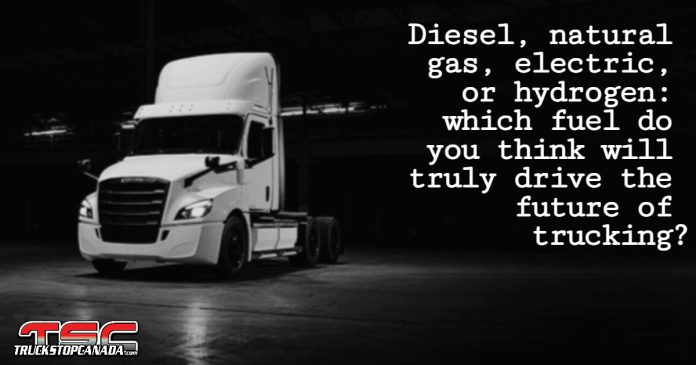The company L. Fournier et Fils has reached a symbolic milestone by putting its very first natural gas-powered truck to the test.
This is one of the first Kenworth units sold in Quebec equipped with the Cummins X15N engine—a powertrain that offers up to 1,500 kilometers of range and delivers performance on par with diesel, while significantly reducing harmful emissions.
The X15N provides 10% better fuel economy and lower greenhouse gas emissions compared to the ISX12N, all while delivering an impressive 1,700 lb-ft of torque at just 900 RPM in its 500 hp / 1,850 lb-ft configuration. Maintenance has been simplified, with synchronized oil changes and spark plug replacements. Its upgraded exhaust aftertreatment system requires no additional fluids or scheduled servicing—a real step forward in making natural gas more viable for heavy-duty trucking.
For the Val-d’Or-based carrier, choosing natural gas is both an environmental and economic decision. With tougher emissions standards set to come into effect in 2027, the company anticipates higher costs for diesel vehicles. Exploring alternative solutions is becoming a strategic necessity.
Still, the transition won’t happen overnight. While natural gas trucks offer benefits in terms of fuel economy, maintenance, and driver comfort, their purchase price remains significantly higher—up to $150,000 more than diesel counterparts. And although long-term fuel savings are possible, limited refueling infrastructure remains a major hurdle. Currently, only a handful of stations—like those between Val-d’Or and Montréal—support the route served by L. Fournier et Fils. A broader rollout will require stronger infrastructure coverage.
And that’s where the North American picture becomes more complex. One of the world’s largest truck manufacturers, Daimler Truck, is shifting its focus. At its 2025 Capital Market Day, the company announced it would scale back investments in alternative powertrains, including battery-electric and hydrogen fuel cell technologies.
Instead, Daimler is doubling down on diesel engine development, citing market immaturity, infrastructure limitations, and fading enthusiasm for zero-emission solutions—particularly in North America.
According to Daimler Truck North America’s leadership, diesel remains the most viable option for the vast majority of heavy-duty applications. Internal combustion technology, still evolving, is set to see further advancements starting in 2026. The company says it’s ready to build both diesel and zero-emission trucks on the same production lines—adjusting to market demand without forcing the pace.
Within this context, L. Fournier et Fils is taking a measured and exploratory approach. The company isn’t ruling out a broader shift in its fleet, but it intends to first assess real-world results, gather driver feedback, and wait for infrastructure to catch up.
As the company’s president pointed out, it’s a classic chicken-and-egg dilemma: stations won’t expand without trucks, but fleets won’t invest in trucks unless the stations are there.
Ultimately, natural gas highlights the complex reality facing many carriers today—a strong desire to reduce environmental impact, growing regulatory pressure, but also real economic and logistical limits that demand strategic caution.
The future may belong to alternative fuels—but for now, diesel isn’t going anywhere.














